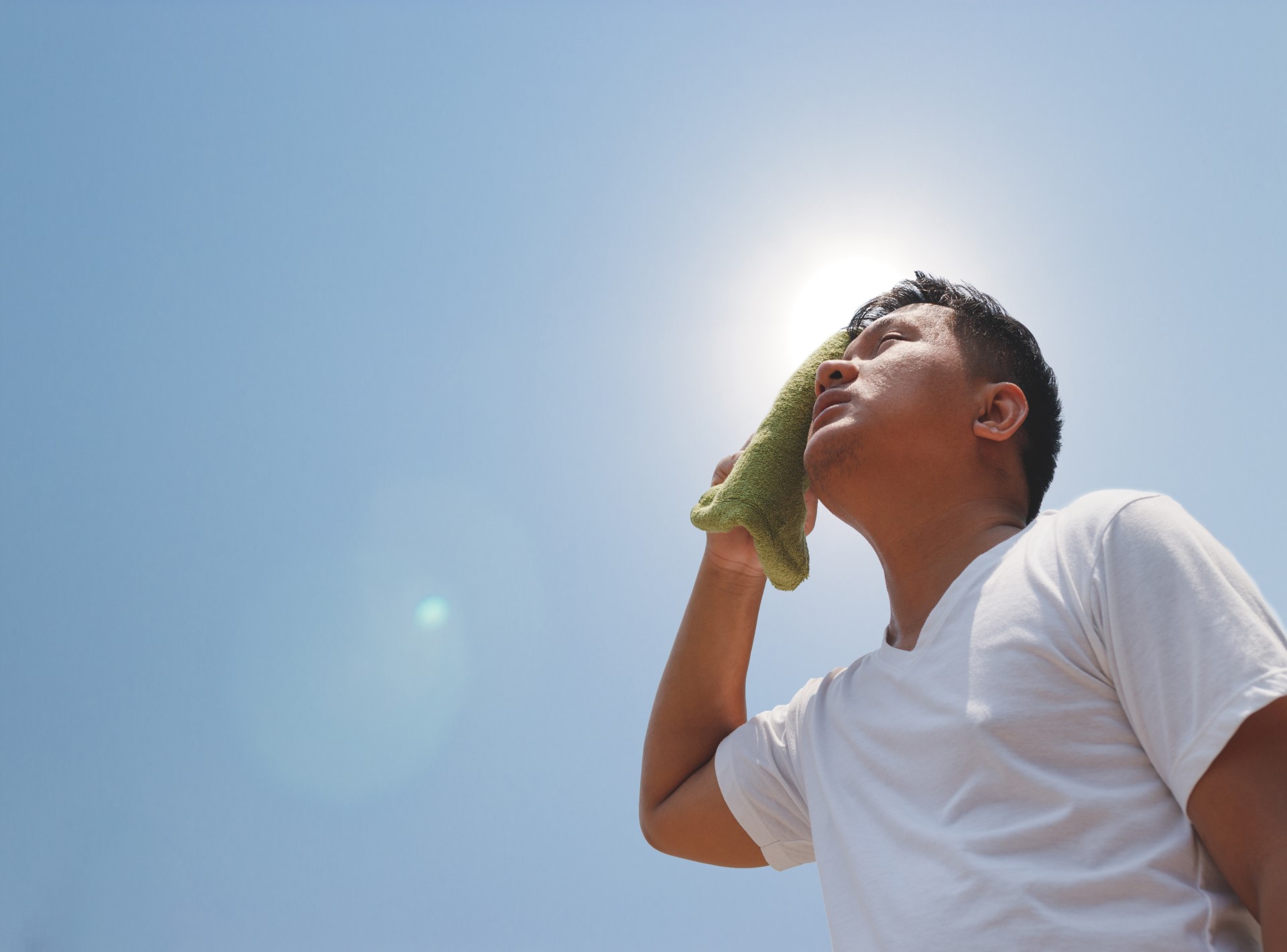
As the mercury rises and Australians swelter through a long, hot summer, the effects of heatwaves and the likelihood of ambulance callouts is at the heart of new Australian research, with a wide range of sometimes surprising factors impacting people’s health.
Heatwaves are already known as silent killers and have been the cause of death for more people in Australia than any other natural disaster and the study, published in the Australian and New Zealand Journal of Public Health, found a statistically significant increase in the likelihood of ambulance callouts for all causes by 10%.
The study also found an increase in the likelihood of callouts by 5% for cardiovascular causes, with the rate and risk of ambulance callouts increasing along with the intensity of the heat.
Their findings have been supported by a new report released this week by the Australian Institute of Health and Welfare, which revealed that in the 10 years from 2012 to 2022, there were 9,119 hospitalisations for injury directly attributable to extreme weather.
Over a similar period, from 2011 to 2021, there were 677 deaths due to extreme weather-related injury.
“Evidence has shown that over the past 3 decades, there has been an increase in the frequency and severity of extreme weather events, such as extreme heat, bushfires, extreme cold, rain and storm-related events (including high rainfall, floods, and cyclones),” said AIHW spokesperson Dr Heather Swanston.
“We are seeing this reflected in hospitalisations and deaths.”
Except for Tasmania, exposure to excessive natural heat was the most common cause leading to injury hospitalisation for all states and territories. From 2019 to 2022, there were 2,143 hospital admissions related to extreme heat, including 267 from WA.
Extreme heat accounted for 7,104 injury hospitalisations and 293 Australian deaths in the 10-year period analysed.
Hospital admissions for injuries associated with extreme weather make up a small proportion of all hospitalised injuries, but the institute suggested it was a starting point for counting extreme weather-related injuries as well as identifying opportunities to develop weather-related injury surveillance systems.
The Bureau of Meteorology has declared an El Niño is underway — resulting in reduced rainfall, higher temperatures, and increased bushfire danger — and is likely to continue until at least the end of February.
Last summer in Perth was comparatively cool compared to 2024, where we have already sweltered through one heatwave above 40C, with another due this weekend – and this year could even top 2007’s record of nine days at that level.
And it’s not just BOM that has issued advice for residents to help stay safe in the heat, the Shire of Gingin and the Health Department have issued warnings not to swim in Moore River, a popular activity and camping-site about an hour north of Perth, due to elevated bacteria levels detected in recent sampling.
Similarly, a HAZMAT warning has been issued for Bullsbrook after the Department of Fire and Emergency Services said that effluent waste, from sewerage wastewater holding ponds, was used by helitankers to suppress a fire which threatened the Bullsbrook Community College and surrounding properties on Wednesday.
“The Department of Defence has confirmed that these ponds are fed from reticulated water supply and do not have any PFAS chemicals present,” DFES said in a statement.
“Residents need to empty any water tanks for household use and hose down any structures or vehicles that could have been contaminated, and people who have vegetable gardens should not harvest any crops for the next 48 hours, after which time they should wash the produce carefully before eating.”

